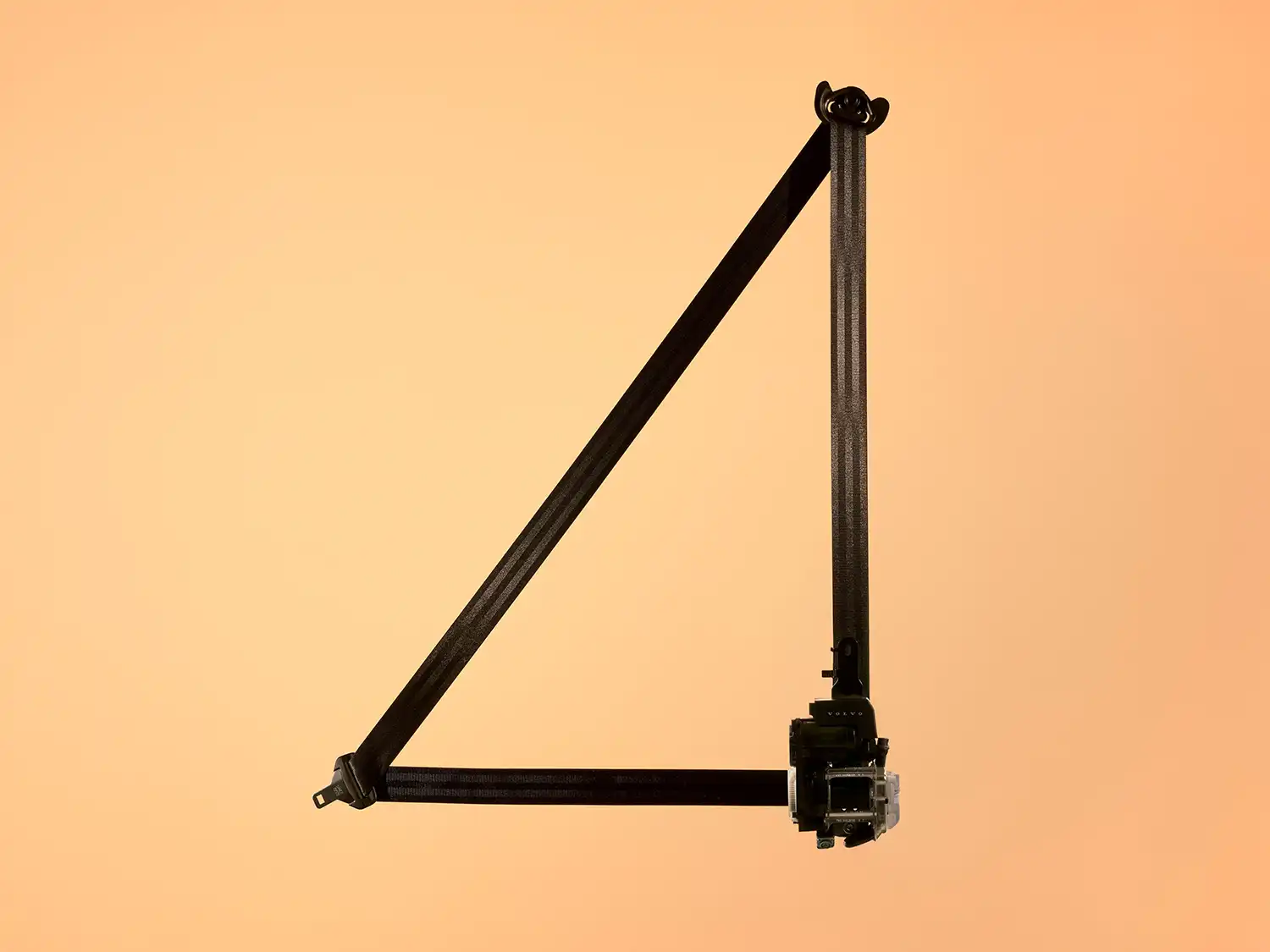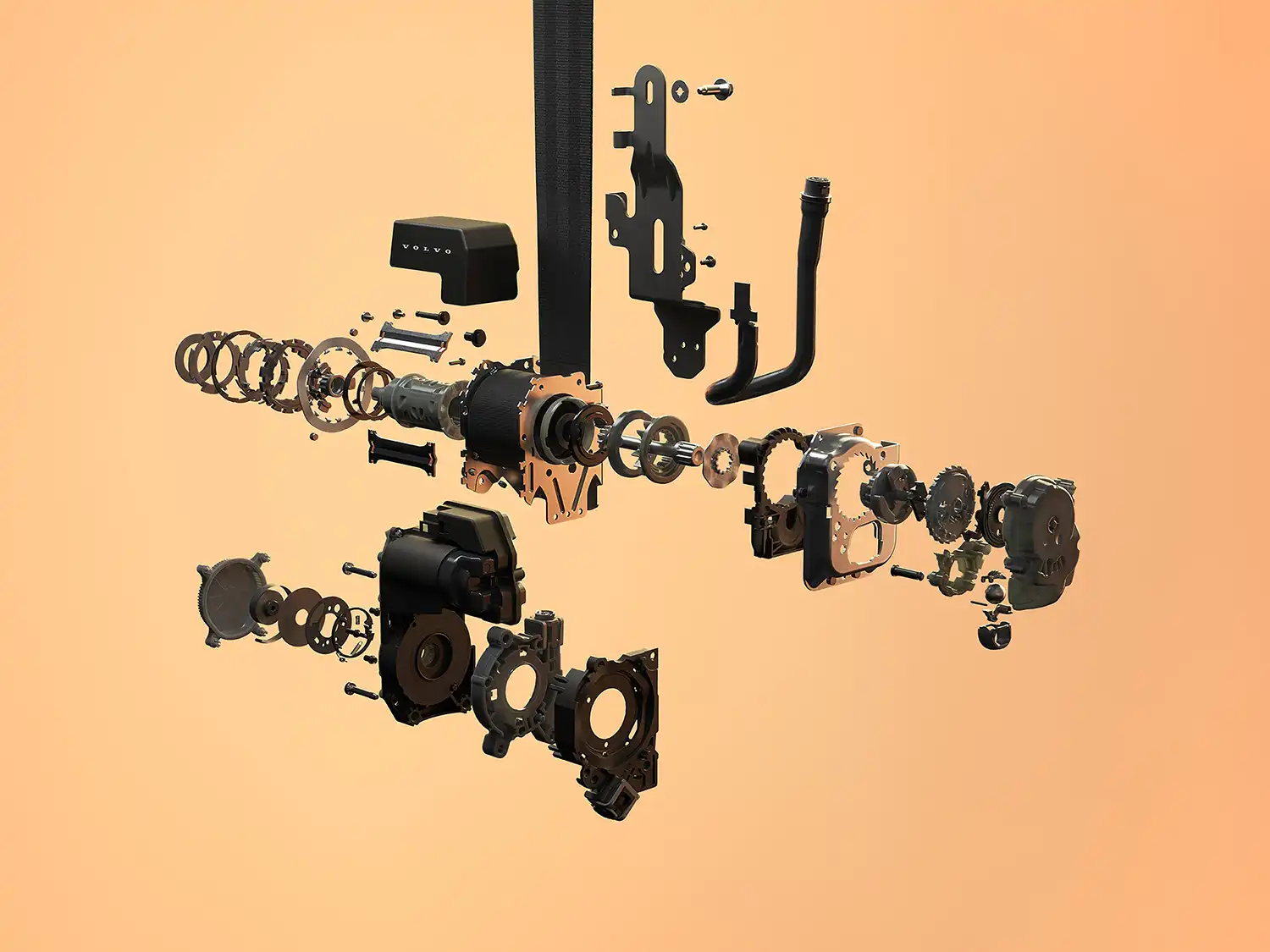
Today, Volvo Cars introduces a significant advancement in safety technology, the world-first multi-adaptive safety belt. This groundbreaking Volvo EX60 multi-adaptive safety belt innovation aims to elevate occupant protection in various real-world traffic scenarios. It represents a substantial leap forward in automotive safety, building on Volvo’s heritage of pioneering life-saving inventions.
Debuting the Future of Safety
The new safety belt will make its debut in the fully electric Volvo EX60, anticipated in 2026. Designed to offer superior protection, it intelligently adapts to diverse traffic conditions and the individual wearing it. This adaptation is made possible through real-time data collected from the car’s advanced sensor systems. These sensors provide crucial information for optimal performance.
Intelligent Protection for Every Occupant
The multi-adaptive safety belt utilizes data input from both interior and exterior sensors. It customizes protection by adjusting settings based on situational factors and individual profiles. Such profiles include height, weight, body shape, and even seating position. For instance, a larger person in a severe impact will experience a higher belt load setting. This helps to mitigate the risk of head injuries.

Conversely, a smaller person in a milder impact will receive a lower belt load setting. This reduces the potential for rib fractures. This advanced system dynamically adjusts the force applied to occupants during an accident. It achieves this by greatly increasing the number of load-limiting profile variations, ensuring tailored safety.
Leveraging Data for Enhanced Security
Over five decades of safety research and an extensive database form the foundation of Volvo’s safety expertise. This vast collection, comprising data from over 80,000 real-life accidents, captures the complexity of the real world. It underpins Volvo Cars’ continuous safety innovations and the pioneering Volvo Cars Safety Standard. This standard consistently surpasses official testing requirements.
Building on a long history of creating cars equally safe for everyone, Volvo has explored new technologies. These innovations aim to better protect different people across various crash scenarios. The modern safety belts use load limiters to control the force applied to the human body during a crash. The new multi-adaptive safety belt expands these load-limiting profiles significantly.
A Leap in Adaptability
Traditional systems offer limited load-limiting profiles. However, this new safety belt expands them from three to eleven, greatly increasing the possible number of settings. This allows it to optimize performance for each unique situation and individual. Unlike conventional systems, the multi-adaptive safety belt integrates data from diverse sensors. These include exterior, interior, and crash sensors.
In mere milliseconds, the car’s system analyzes the unique characteristics of a crash. This includes direction, speed, and passenger posture. This vital information is then shared with the safety belt. Based on this comprehensive data, the system precisely selects the most appropriate setting for maximum protection.

Continuous Improvement Through Technology
The capabilities of the new multi-adaptive safety belt are designed for continuous improvement. This is achieved through convenient over-the-air software updates. As Volvo Cars accumulates more data and insights, the car can enhance its understanding of occupants. It also improves its grasp of new scenarios and response strategies, making it smarter over time.
The new safety belt seamlessly integrates into Volvo Cars’ broader safety ecosystem. It works in harmony with airbags, occupant detection systems, and driver assistance features. This cooperation ensures harmonized protection features. It also enhances overall effectiveness and minimizes the risk of subsequent injuries in the event of an accident.
The belt has undergone rigorous testing and further development at the Volvo Cars Safety Centre crash lab. This year, the lab celebrates its 25th anniversary. In this industry-leading facility, Volvo Cars’ safety engineers can recreate almost any traffic accident. They perform tests that consistently exceed regulatory requirements for real-world safety. This multifunctional facility has been crucial for Volvo Cars to maintain its leadership in automotive safety.
This multi-adaptive safety belt is a testament to Volvo’s ongoing commitment to automotive safety. It promises a new level of protection for drivers and passengers alike. This innovation exemplifies how real-time data can be leveraged to save countless lives. It marks a significant advancement in the evolution of the three-point safety belt.
Disclaimer Vehicle specifications and features are subject to change. Always consult official documentation and perform due diligence before making any decisions related to vehicle acquisition or use. Information provided is for general guidance only.
Source: Volvo
AI Assistance: Gemini
